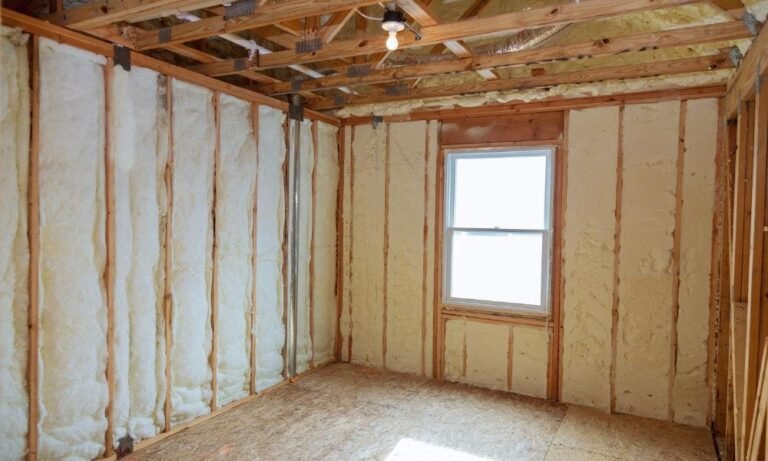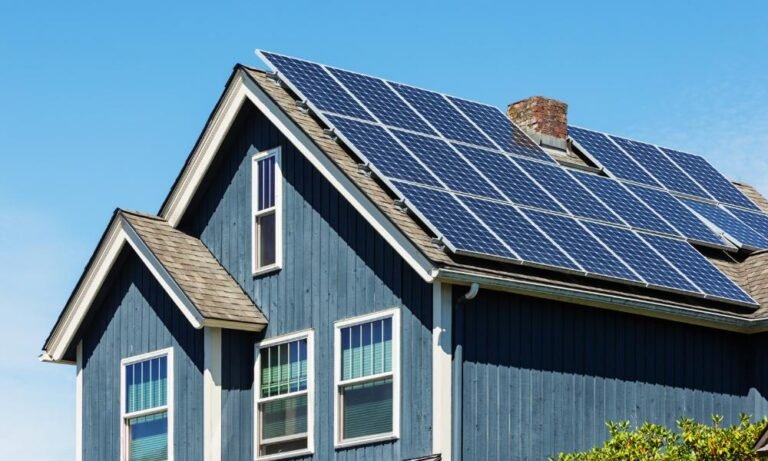Estimated reading time: 6 minutes
When I first heard about an energy evaluation, I assumed it was just a fancy way to sell me expensive upgrades. But after going through the process, I realized it’s one of the smartest investments for cutting energy waste, reducing bills, and improving indoor comfort.
If you’re unsure about how a professional assessment works, what’s involved, or whether it’s worth the cost, this guide will walk you through everything you need to know.
What You’ll Learn in This Guide
- The purpose of a home energy evaluation and why it’s beneficial
- How it helps reduce utility costs and enhance comfort
- What happens during the inspection process
- How to prepare for an assessment
- The cost, available tax credits, and long-term savings
- How to use the results to make smart upgrades
What Is a Professional Home Energy Audit

Think of this assessment as a diagnostic test for your house. It identifies energy leaks, inefficiencies, and opportunities to improve performance. A specialist evaluates everything from insulation levels to heating and cooling systems, ensuring you get a clear picture of how efficiently your home operates.
Unlike a DIY checkup, which relies on simple observations, a professional auditor uses tools like blower doors, infrared cameras, and thermal detectors to uncover hidden issues that could be costing you money.
Why Should You Get an Energy Assessment
If you’re wondering whether this is worth your time and money, here are some real benefits
- Lower utility bills by fixing inefficiencies that can lead to a 15 to 30 percent reduction in energy costs
- Better indoor comfort with no more drafty rooms in winter or stifling spaces in summer
- Reduced environmental impact by cutting down on excess energy use
- Higher property value as an efficient home is more attractive to potential buyers
- Tax incentives such as the Energy Efficient Home Improvement Tax Credit, which covers 30 percent of the cost up to 150 dollars for an audit
Want to go a step further in reducing costs? Check out How Solar Panels Reduce Your Monthly Electricity Bills for an additional way to cut expenses.
What Happens During a Home Energy Assessment
Initial Consultation
The evaluator starts by discussing
- Past utility bills
- Areas where you notice discomfort such as drafts and temperature fluctuations
- Your goals, whether it’s lowering bills, improving efficiency, or making upgrades
Having at least 12 months of billing history allows for a more accurate evaluation.
Detailed Inspection
This is where the expert puts your home under a microscope. They will
- Use a blower door test to identify leaks by lowering air pressure inside the house
- Scan walls and ceilings with infrared cameras to detect insulation gaps
- Inspect your HVAC system, water heater, and ductwork for inefficiencies
- Evaluate windows and doors to check for poor seals
- Assess major appliances and lighting to measure their energy use
Results and Recommendations
Once the evaluation is complete, you’ll receive
- A breakdown of energy consumption
- A list of recommended improvements
- An estimate of potential savings
Often, simple fixes like sealing leaks or upgrading insulation pay for themselves within a year. For larger investments like solar panels, see 7 Signs Your Home is Ready for Solar Panel Installation before making a decision.
DIY vs Professional Energy Assessments Which One Should You Choose
If you prefer a hands-on approach, you can try a DIY home energy checkup using tools like infrared thermometers and draft detectors. For tips, see DIY Energy Auditing Tools and Tips for Beginners.
However, DIY inspections have limits. They can identify obvious issues, but they lack the precision of professional equipment. If you want detailed insights with accurate data, hiring an expert is the way to go.
How to Prepare for an Energy Assessment
To get the most from your evaluation, here’s what to do before the auditor arrives
- Gather past energy bills to provide usage history
- Make a list of problem areas such as cold rooms, high energy bills, or moisture issues
- Ensure access to key areas like the attic, basement, and HVAC system
- Prepare a few questions as this is a great opportunity to get expert advice
Cost of a Home Energy Assessment and Potential Savings

- Typical price range is between 100 and 600 dollars depending on location and home size
- Potential savings range from 15 to 30 percent reduction in heating and cooling costs annually
- Tax credit of 30 percent of the assessment cost up to 150 dollars under the Inflation Reduction Act
To be eligible for the tax credit, the assessment must be conducted by a certified professional recognized by the Department of Energy. You can find more information in What Is an Energy Audit and Why Do You Need One.
What to Do After the Audit
An assessment is just the first step, taking action is what actually saves you money. Here’s how to move forward
Quick, Low-Cost Fixes
- Seal air leaks around windows, doors, and vents
- Upgrade to LED lighting to reduce electricity use
- Install a smart thermostat to optimize heating and cooling
Bigger Investments with Long-Term Savings
- Add attic insulation as seen in 7 Benefits of Upgrading Your Home’s Insulation
- Replace outdated HVAC systems with energy-efficient models
- Consider solar panels for maximum savings as discussed in Is Solar Panel Installation Worth the Investment
Common Myths About Home Energy Assessments
Many homeowners hesitate to get an energy audit due to misconceptions. Let’s clear up a few myths
- They are only useful for old houses, when in fact even new homes can have insulation gaps, inefficient appliances, or poorly sealed ductwork
- The fixes are too expensive, but many improvements are low-cost and have fast payback periods, especially with available tax incentives
- A homeowner can just do it themselves, but while DIY checks are a great start, professional-grade tools provide far more accurate results
Final Thoughts
A professional home energy assessment is one of the smartest investments you can make for saving money, improving comfort, and reducing energy waste. Whether you want quick fixes or major upgrades, knowing how your home performs is the first step toward smarter energy use and long-term savings.
If you’re ready, start by finding a certified assessor in your area and taking control of your energy expenses today.



